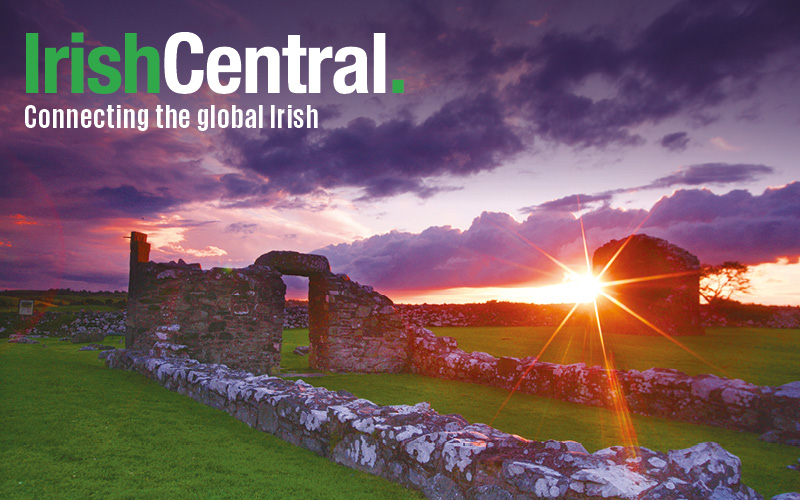A record numbers of people are visiting Loop Head Lighthouse, in County Clare, a large percentage of these visiting from the United States. So much so that they’ve extended their summer season to October 2015.
Figures for the summer season (until Aug 31) showed that 23,000 people visited the west Clare visitor attraction. That’s a 13 percent increase on the entire figure for 2014. Of these visitors 47.5 percent were Irish. The other 42.2 percent were from North America, Germany, the United Kingdom, France and Italy.
This is only the fifth years that the lighthouse has been open to the public and so far it’s certainly a success.
But what is it that draws tourists out to the tip of Loophead Peninsula.
Loophead Lighthouse is located where the Shannon River meets the Atlantic Ocean.
The original cottage lighthouse was built here about 1670. The light-keeper lived in the cottage with his family and an internal stone stairway led up to a flat stone roof where a signal light was kept burning. Part of this original building is still used and is situated beside the present tower. This ‘new’ tower was built in 1854. At that time the light was ‘fixed’ but in 1869 the present ‘intermittent’ light came into operation.
Taoiseach Enda Kenny's grandfather was a keeper at the lighthouse. James John McGinley took up duty at the Lighthouse as Principal Keeper on 16th January 1933. He spent 1 year and 10 months at Loop Head. He was transferred from the station in October 1934.
In 1871 the oil driven rotation machine for the beam was converted to electricity. In 1991 the lighthouse was automated and the days of the lighthouse keeper were over.
What’s really special for visitors to Loophead Lighthouse is that, for a small fee, they actually get to up the lighthouse tower and out onto the balcony at the top. From here they can see as far south as the Blasket Islands, in County Kerry and as far north as the Twelve Bens, in County Galway.
Outside of the perimeter wall of the lighthouse compound is a spectacular walk around the Loophead headland where you can see the remains of the wartime lookout point and the EIRE sign as well as Diarmuid and Grainne’s Leap. You may see some of the dolphins that inhabit the mouth of the River Shannon or you may be lucky and see some passing whales. This area is a Natura 2000 designated area by the EU as a Special Protection Area (SPA) for the unique bird life. The rocks in the area attract geologists from all over the world to study the unique formation.
Commenting on the success of the 2015 visitor season to date, Councillor James Breen, Cathaoirleach of Clare County Council said “The 19th century West Clare landmark is certainly benefiting from its designation as a Signature Discovery Point on the Wild Atlantic Way and as one of the Great Lighthouses of Ireland. As in previous years, its growing popularity as a visitor attraction is providing a significant boost to economic activity in the wider area."
For more visit www.loophead.ie.




Comments